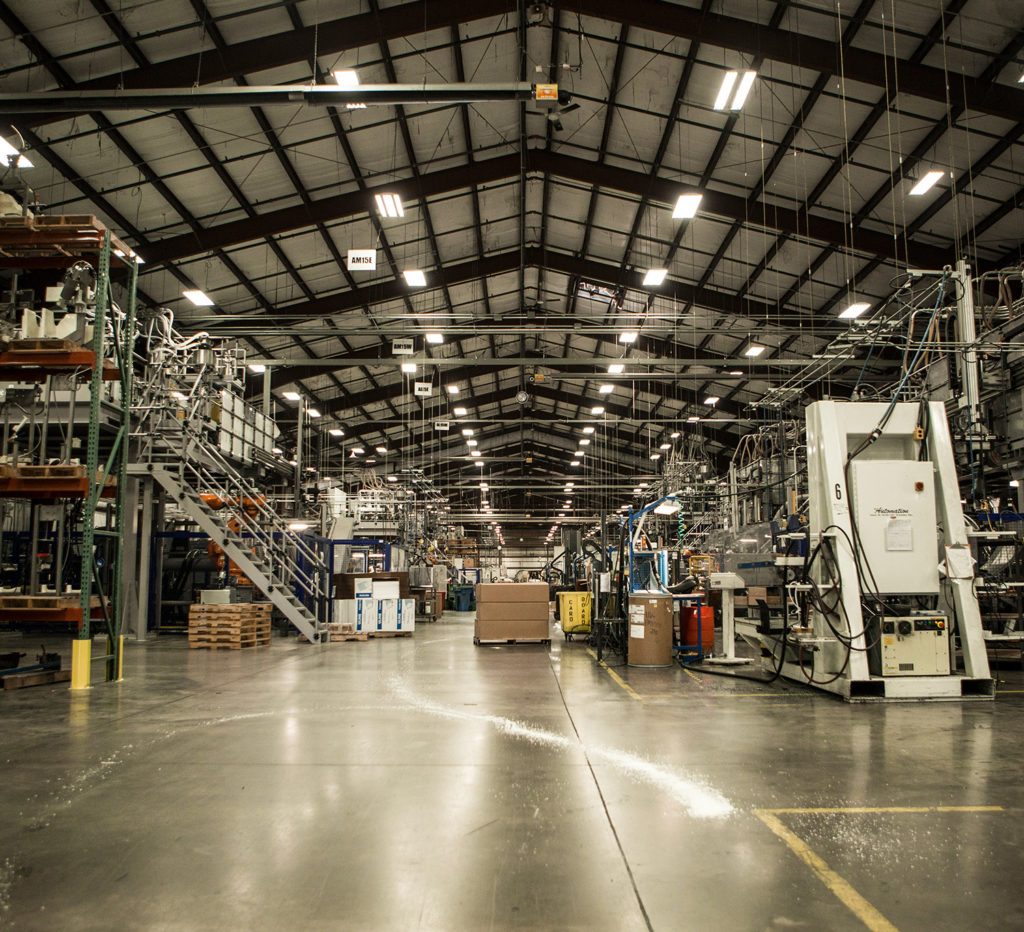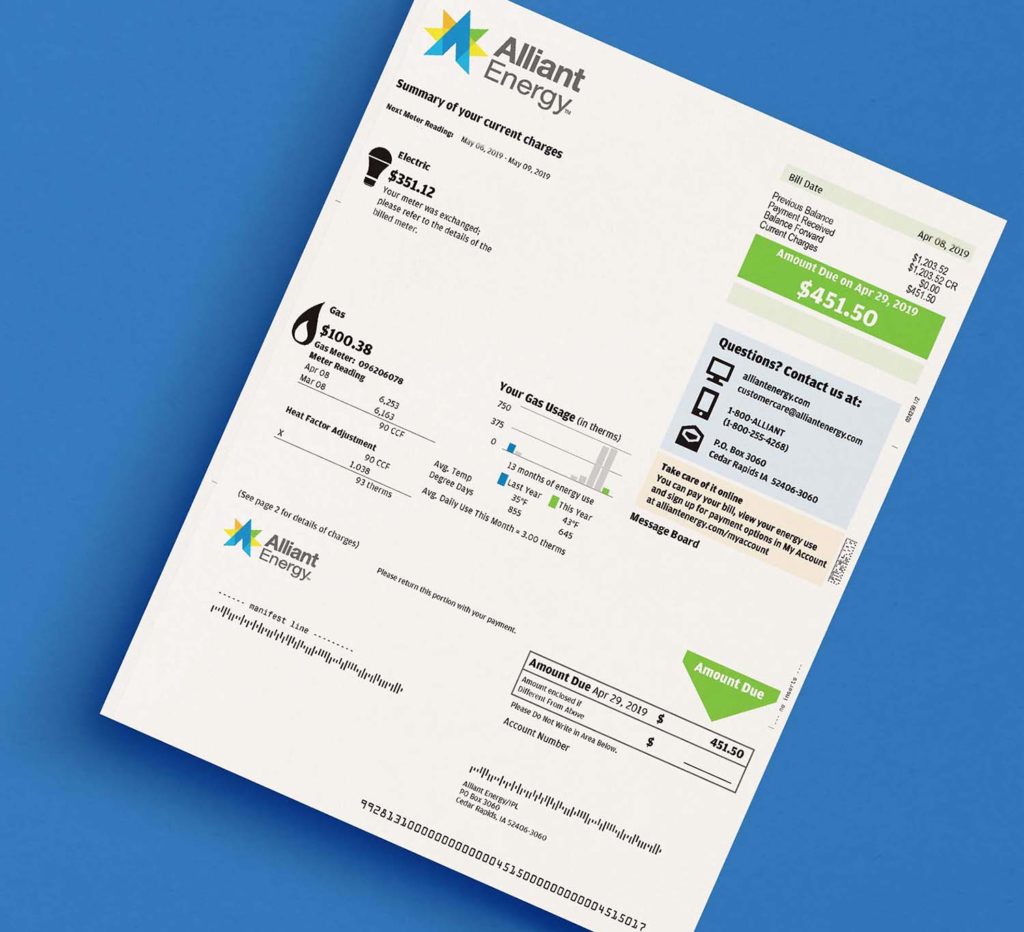Renewable Hydrogen and the Future of Clean Energy
Part II — How Renewable Hydrogen Works
This three-part series explores how renewable hydrogen can help us achieve a decarbonized energy economy through conversation with Dr. Gregory Wilson, Ideal Energy’s subject matter expert on clean energy technology and renewable hydrogen.
This installment focuses on how hydrogen is made. Find Part I of our series, The Renewable Energy Future here.

DR. GREGORY WILSON
Dr. Gregory Wilson, an engineer by training, was the director of the National Center for Photovoltaics (NCPV) at the U.S. Department of Energy’s (DOE) National Renewable Energy Laboratory (NREL) from 2011 to 2018. Prior to that, he had a long career as an engineer in the chemical and semiconductor industries. He is now a consultant to Ideal Energy in the development of a renewable hydrogen economy in Iowa.
Although renewable hydrogen is coming into the spotlight again, this is not the first time hydrogen has been promoted as the basis for our energy economy. In the early 2000s, articles like this one in Wired suggested that everyone would soon drive hydrogen fuel cell-powered cars emitting only water vapor at the tailpipe.
Hydrogen had support from the auto industry, the oil industry, and the Bush administration. Automakers wanted to electrify their vehicle fleets, but batteries were far too expensive to provide a reasonable range at an affordable price. The oil industry saw in hydrogen a way to produce a ‘zero-emission’ fuel from their existing hydrocarbon assets. The Bush administration was enthusiastic about hydrogen’s energy portability benefits. Ultimately, however, that vision of the hydrogen economy did not pan out.
The new vision of hydrogen is to use it as an energy carrier for all of the situations electricity and batteries are not suited for. “What I would say is driving it more now is this bigger decarbonization effort of everything beyond electricity,” Wilson explained. “Heating buildings, heat for industry, and transportation.”
Producing renewable hydrogen for existing markets is a perfect stepping stone toward this vision. “If you can use renewable energy to make something that you already need, you can displace a lot of carbon along the way,” said Wilson. “This is the idea about how you get started with a hydrogen economy that’s really quite different than where we were 20 years ago.”
How Hydrogen is Made from Fossil Fuels
Right now, hydrogen is sourced almost exclusively from fossil fuels. Approximately 76% comes from methane and the remaining 24% from coal. The world produces 70 billion kg of hydrogen every year from fossil fuel sources.
Steam methane reforming (SMR) using natural gas as a feedstock is the process responsible for most of the world’s hydrogen supply and around 95% of the hydrogen in the U.S. Methane reacts with steam at high temperatures and under pressure to produce hydrogen and carbon monoxide.
HYDROCARBON HYDROGEN CHEMISTRY
Steam Methane Reforming
CH4 + H2O → CO → 3H2
Coal Gasification
3C + O2 + H2O → H2 + 3CO
Water Gas Shift
CO + H2O → CO2 + H2
Extracting hydrogen from coal is also possible. In a process called coal gasification coal is heated and blown through oxygen and steam. The resulting gas, call syngas or synthesis gas, is a combination of hydrogen and carbon monoxide. The process can be continued by adding more water, causing the water gas shift, which will yield additional pure hydrogen and carbon dioxide.
Both steam methane reforming and coal gasification generate carbon dioxide. “Either way,” said Wilson, “you’re emitting an enormous amount of carbon in the process.”
How Renewable Hydrogen is Made
Hydrogen can also be made using a process called electrolysis, which is the application of an electric current to force a chemical reaction to take place. Water decomposes into hydrogen and oxygen when subjected to electrolysis. To make renewable hydrogen, three things are needed: a renewable energy source, water, and an electrolyzer.
RENEWABLE HYDROGEN CHEMISTRY
Electrolysis
2H2O → 2H2 + O2
Fuel Cells
2H2 + O2 → 2H2O
Alkaline water electrolysis is the oldest and most mature electrolysis technology with the lowest long-term cost. These electrolyzers use two electrodes submerged in water with alkaline electrolytes added. While good for high-volume steady-state production, it does not tolerate intermittent production very well, which makes it a less desirable choice for wind farms.
Proton exchange membrane (PEM) electrolyzers are commercially viable but less mature than alkaline water electrolyzers. PEM uses a solid polymer electrolyte rather than a liquid alkaline water solution. The key advantage of PEM is that it is suited to intermittent production, making it a good choice for use with intermittent renewables like wind and solar.
Solid oxide electrolyzers cells (SOEC) are solid oxide fuel cells (SOFC) run in reverse in a regenerative mode. They are still in the developmental stage. Like PEM they use a solid oxide, however, the material used is different – usually zirconium dioxide, a ceramic. SOEC may offer higher efficiency and lower material cost than PEM, and because they are reversible they can be used to generate electricity from stored hydrogen without the need for a separate fuel cell or gas turbine power plant.

Renewable hydrogen has not yet reached price parity with hydrogen made from fossil fuels or with gas and diesel. As of 2018, the cost of producing hydrogen from methane using SMR was around $1.95/kg. Hydrogen produced with renewable energy and electrolyzers currently costs around $4.20/kg. To displace gas and diesel, renewable hydrogen needs to reach $2.00–2.50/kg. (A kilogram of hydrogen has around the same energy content as a gallon of gasoline.)
Projections indicate that the cost of renewable hydrogen will fall to $2.24–2.77/kg when electrolyzers are integrated with intermittent renewable energy sources like Iowa’s vast wind farms. Dr. Wilson’s calculations show that with electricity prices of ¢1.5/kWh hydrogen can be made with PEM electrolyzers for $1.70/kg in a smaller distributed plant and $1.45 in a large centralized plant, based on the projected cost of a PEM plant in 2030. With additional research and development advances and industrial-scale production, prices could fall as low as $1.14/kg.
To Dr. Wilson, this indicates that renewable hydrogen today is in a similar position to solar photovoltaics eight to ten years ago – on the verge of cost-competitiveness with fossil fuels. The levelized cost of energy of wind and solar have plummeted in the last decade and are now below the median LCOE of coal-fired power plants and similar to the LCOE of nuclear power plants. The cost of producing renewable hydrogen is poised to follow a similar trajectory.
In Part III of our Renewable Hydrogen and the Future of Clean Energy series, we’ll review the applications of renewable hydrogen and the big picture of what’s coming for energy decarbonization.
You can find Part I of our series, The Renewable Energy Future here.
In collaboration with the Iowa Economic Development Authority, Ideal Energy is charting a path to a green hydrogen economy in Iowa and beyond. We’re developing a new value chain that will bring the state’s resources and infrastructure together to build a resilient and robust energy future. Learn more here.








